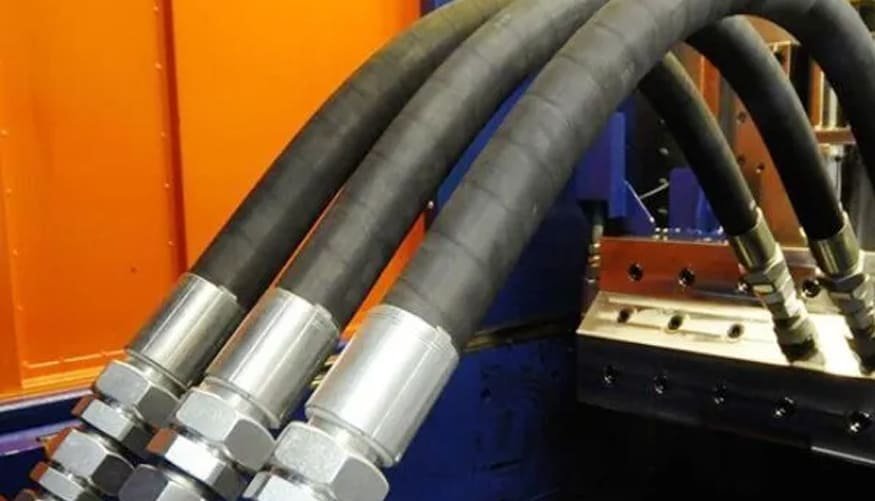Einführung:
EPDM hoses are widely used in various industries due to their excellent properties, einschließlich Witterungsbeständigkeit, hohe Temperaturen, und Chemikalien. Jedoch, Es wurden Bedenken hinsichtlich ihrer Anfälligkeit für Risse geäußert. In diesem Artikel, we will delve into the question, “Does EPDM hose crack?” and explore the factors that contribute to cracking, preventive measures, and maintenance practices to ensure optimal hose performance.
Understanding EPDM Hose:
EPDM (Ethylenpropylen -Dien -Monomer) is a synthetic rubber widely used in the manufacturing of hoses. It offers exceptional resistance to heat, Ozon, Verwitterung, und Chemikalien, making it a popular choice for applications in the automotive, HVAC, Sanitär, und Industriesektoren. Despite their remarkable durability, EPDM hoses can potentially develop cracks over time if not correctly maintained or exposed to adverse conditions. manufacturing of hoses. It offers exceptional resistance to heat, Ozon, Verwitterung, und Chemikalien, making it a popular choice for applications in the automotive, HVAC, Sanitär, und Industriesektoren. Despite their remarkable durability, EPDM hoses can potentially develop cracks in the manufacturing of hoses. It offers
Factors Contributing to Cracking:
Age and Exposure: EPDM hoses, wie jedes andere Material, deteriorate over time. Extended exposure to sunlight, extreme Temperaturen, aggressive Chemikalien, and environmental pollutants can accelerate the aging process, leading to the formation of cracks.
Flexibility and Bending: Frequent bending, verdrehen, or flexing of EPDM hoses can strain the material, especially at stress points. Im Laufe der Zeit, this repetitive movement can weaken the hose structure and make it more susceptible to cracking.
Pressure and Temperature Variations: Rapid changes in pressure and temperature can impact the integrity of EPDM hoses. Constant exposure to high-pressure environments or drastic temperature fluctuations can cause the material to expand and contract, eventually leading to cracking.
Preventive Measures and Maintenance:
Richtige Installation: Ensure the EPDM hose is installed correctly, considering factors such as temperature range, Druckbewertungen, and compatibility with the application. This includes using suitable fittings, Klemmen, and connectors to prevent excessive strain or stress on the hose.
Regelmäßige Inspektion: Perform routine visual inspections to identify any signs of wear, degradation, or cracking. Pay attention to areas exposed to sunlight, Chemikalien, or extreme temperatures. Promptly replace hoses that show signs of deterioration to prevent unexpected failures.
Protective Covering: Consider using protective coverings, such as abrasion-resistant sleeves or heat shields, to shield EPDM hoses from external elements that could cause damage or premature cracking.
Proper Storage: When not in use, store EPDM hoses in a clean, dry environment away from direct sunlight, extreme Temperaturen, und Chemikalien. This will help prolong their lifespan and minimize the risk of cracking.
Abschluss:
EPDM hoses are generally durable and reliable, offering excellent resistance to various environmental conditions. Jedoch, they are not immune to cracking, which can occur over time due to factors such as aging, exposure, flexing, and pressure variations. By implementing preventive measures, conducting regular inspections, and practicing proper maintenance, the lifespan of EPDM hoses can be extended, ensuring optimal performance and minimizing the risk of cracking. Erinnern, a proactive approach towards hose maintenance is crucial for maintaining the efficiency and safety of your applications.



